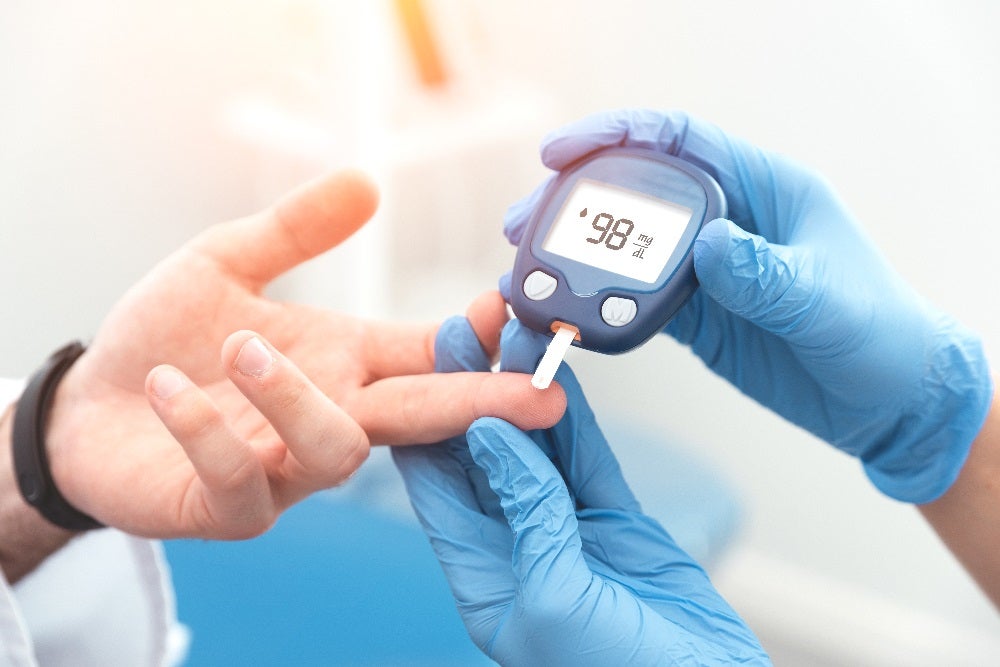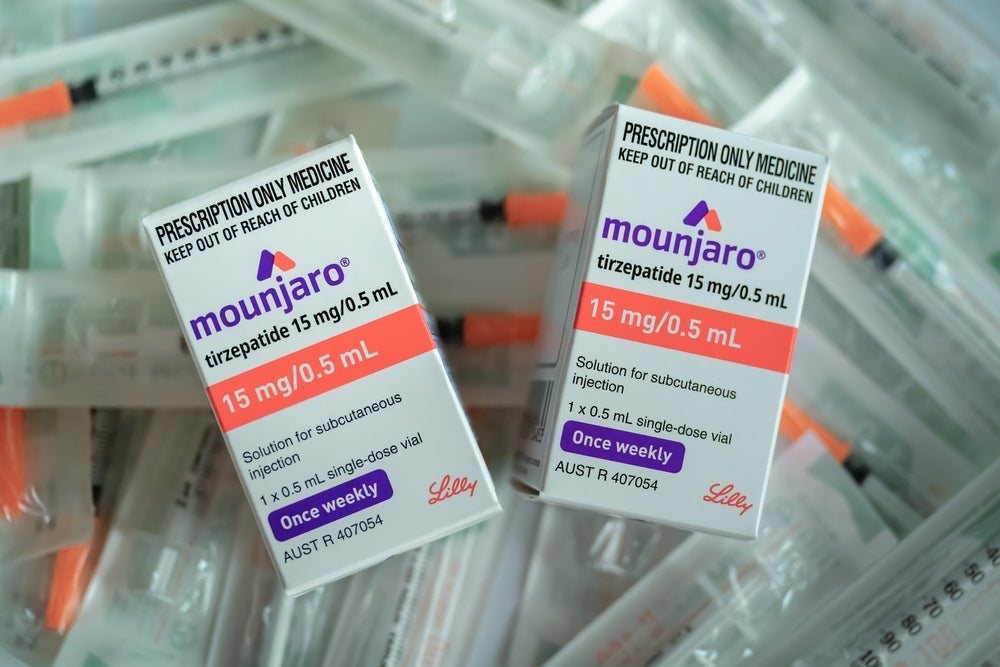Despite the type 1 diabetes (T1D) pipeline promising to deliver innovative therapies over the next decade to improve disease management, there will still be high levels of unmet need relating to the lack of a disease-modifying therapeutic that combats the autoimmune-mediated attack of beta cells in T1D patients.
According to GlobalData’s recent T1D Global Market Forecast and Analysis report, 15 therapeutics are expected to launch in the eight major markets (8MM – the US, France, Germany, Italy, Spain, the UK, Japan and Canada) before 2030. Since its discovery almost 100 years ago, insulin therapy has been the standard of care for T1D. Although there have been advances in insulin therapy, disease management remains a critical issue. Opportunities remain for the development of drugs that target specific patient needs within T1D.
Advances in insulin therapies, including the development of insulin analogues, novel or targeted approaches to administration, continuous glucose monitoring (CGM), and novel pens and devices for administration, have all contributed to the improved treatment of T1D patients. But even with these advances, the majority of patients do not achieve the glycemic targets set by national and international guidelines. The overall quality of life of a T1D patient has not improved, and the life expectancy of patients is still 10–15 years less than the healthy population.
The overall level of unmet needs in the T1D space will remain high unless disease-modifying therapies are approved. Therapeutics that focus on the preservation of the remaining beta cells are becoming more critical for the long-term management of the disease. Key opinion leaders (KOLs) interviewed by GlobalData noted that patients who can still produce some of their own insulin have much better management outcomes than those who cannot. For example, with residual beta-cell function, patients require smaller doses of insulin, which can improve side effects and compliance. While many of these disease-modifying therapeutics are far from a cure for T1D, their effects may still have a significant impact on the long-term prognosis for patients.
The graphic below summarises the unmet needs and opportunities in T1D scored on a 1-5 scale to determine the level of attainment over the forecast period.

How well do you really know your competitors?
Access the most comprehensive Company Profiles on the market, powered by GlobalData. Save hours of research. Gain competitive edge.

Thank you!
Your download email will arrive shortly
Not ready to buy yet? Download a free sample
We are confident about the unique quality of our Company Profiles. However, we want you to make the most beneficial decision for your business, so we offer a free sample that you can download by submitting the below form
By GlobalDataIn addition to the need for disease-modifying therapeutics, KOLs agree that given the currently available treatments, it is disappointing that hypoglycemia and weight gain are still risks associated with all insulin therapies. The threat of hypoglycemia as a consequence of poor glycemic control poses a major barrier to optimising glycemic control in T1D patients.
The need for a treatment that lowers blood glucose to the target levels without causing hypoglycemic events or weight gain is still one of the largest unmet needs in T1D treatment. Increased compliance and targeted patient education are additional unmet needs that have significant impacts on patient care, but these aspects of treatment are often overlooked by drug developers.
GlobalData expects that the T1D market will see significant growth from 2019 to 2029 at a compound annual growth rate (CAGR) of 17.2%. This is primarily due to the anticipated launches of the first disease-modifying therapeutics, which will offset the impending biosimilar erosion of established insulin franchises.









